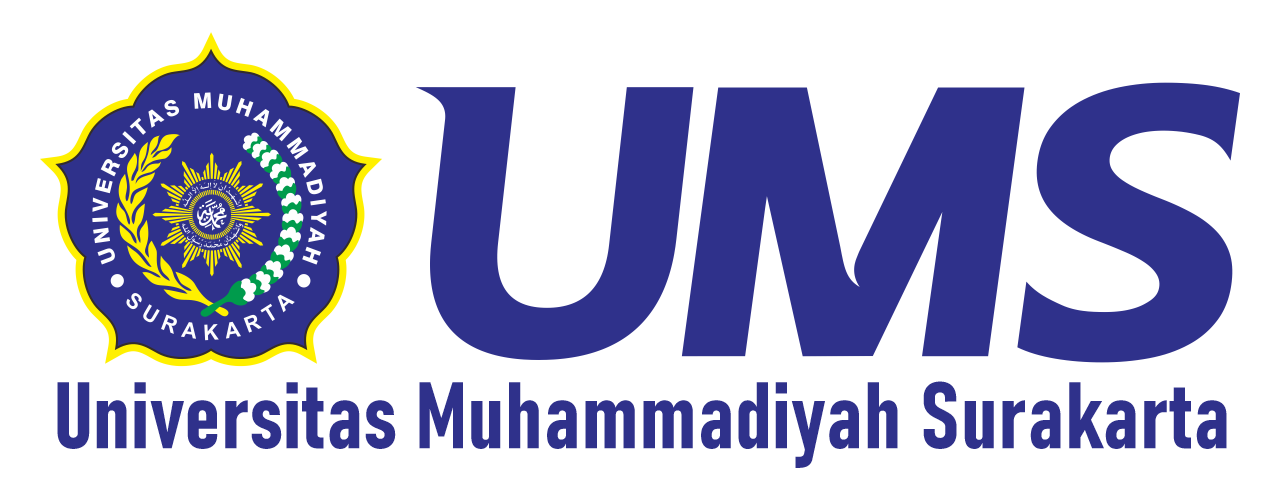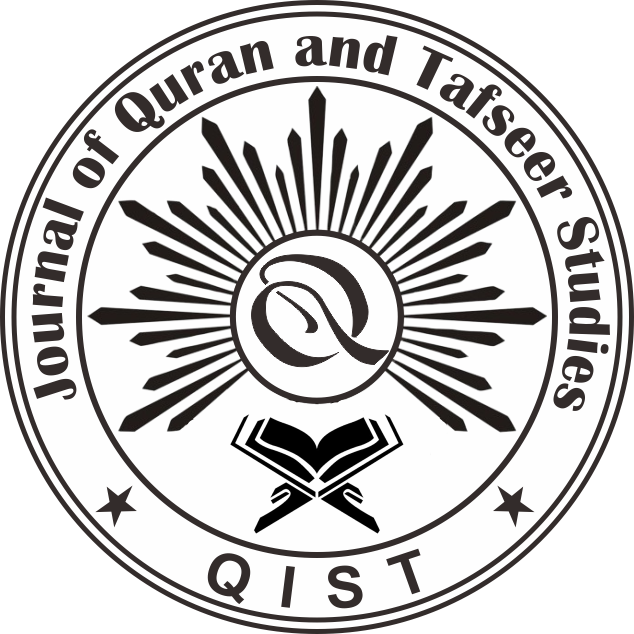Public Reception of Qur'an Calligraphy at the Iska Mayang Grand Mosque in Sukoharjo
DOI:
https://doi.org/10.23917/qist.v4i1.7866Keywords:
Reception, Al-Qur'an, Calligraphy, Islamic expressionsAbstract
The holy book of the Quran has an informative and performative function. The informative function refers to the purpose of conveying the message or information of the Qur'an text itself. While the performative function refers to how the Qur'an can create emotional, spiritual, and aesthetic impacts that go beyond simply reading texts. Qur'an calligraphy includes two functions at once, namely when people use calligraphy as a means of conveying revelation and expression of Islamic art, for example Qur'an calligraphy which decorates many mosques around the community. The Iska Grand Mosque in Sukoharjo is known as one of the mosques decorated with Qur'an calligraphy, beautifying every corner of the building. This situation provides an opportunity for the community around the mosque to explore the meaning implied in the art of Qur'an calligraphy. This study centers on how the community responds to and accepts the existence of Qur'an calligraphy in the mosque. The purpose of this investigation is to find out the responses or views of readers and calligraphy connoisseurs at the Iska Mayang Sukoharjo Grand Mosque. This study adopts a qualitative method through a descriptive approach to reveal data in depth (Living Qur'an) which is supported by various literature sources. The findings of this study reveal that calligraphy contributes to linking the interpretation of the content of Qur'anic verses with aesthetic elements, as well as providing an overview of how people judge and enjoy the art of calligraphy at the Iska Grand Mosque. The calligraphy written is a type of khat tsulus in the form of verse writing from Surah Al-Baqarah verse 255, verses 43-44, and Al-Mu'minun verses 1-4.
References
Z. Baydoun, T. Norishah, R. Baydoun, and M. Adam, "Placement Principles of Islamic Calligraphy in Architecture: Insights from the Al-Hambra and Al-Azem Palaces," Buildings, vol. 14, no. 7, p. 2025, Jul. 2024, doi: 10.3390/buildings14072025.
FATIMA ZAHRA and SAFRIZAL SHAHIR, "CHARACTERISTICS OF ISLAMIC CALLIGRAPHY: NASTA‘LIQ, PERSIAN CALLIGRAPHY INFLUENCES ON MUGHAL ARCHITECTURE OF 17TH CENTURY," Hamdard Islam., vol. 46, no. 2, Jun. 2023, doi: 10.57144/hi.v46i2.657.
Z. Baydoun, N. Abdulrahman Alghamdi, and Z. Kamarudin, "THE ISLAMIC ART AND DESIGN ELEMENTS APPLIED IN THE ISLAMIC CITY, A CASE STUDY OF PUTRAJAYA ISLAMIC CITY," Plan. MALAYSIA, vol. 21, Apr. 2023, doi: 10.21837/pm.v21i25.1241.
L. Librande, "The calligraphy of the Qur'ān: How it functions for Muslims," Religion, vol. 9, no. 1, pp. 36–58, Mar. 1979, doi: 10.1016/0048-721X(79)90052-6.
A. Al-Azam, "The Calligraphy of the Holy Qur'an," مجلة الآداب والعلوم الإنسانیة, vol. 83, no. 2, pp. 544–558, Jul. 2016, doi: 10.21608/fjhj.2016.97931.
M. Teparić, "Islamic Calligraphy and Visions," IKON, vol. 6, pp. 297–306, Jan. 2013, doi: 10.1484/J.IKON.5.102957.
Ainur, R. (2021). Verbalisasi Al-Qur'an Melalui Folklor Sebagai Bentuk Pengajaran Islam Pada Masyarakat. TARLIM : Jurnal Pendidikan Islam, 4(1), 1–23. https://doi.org/10.32528/tarlim.v
Al-Faruqi, I. R. (1986). The Cultural Atlas of Islam (E. Dickason, Ed.). MACMILLAN PUBLISHING COMPANY.
Armita, P., & Saad, M. F. M. (2022). the Concept of Writing in the Qur'an: Analysis of the Terms Kataba, Khat, and Satara. QiST: Journal of Quran and Tafseer Studies, 2(1), 68–87. https://doi.org/10.23917/qist.v2i1.1339
Baidowi, A. (2007). Resepsi Estetis terhadap Al-Qur'an. Esesnsia: Jurnal Ilmu-Ilmu Ushuluddin, 8(1), 19–24.
Gusmian, I. (2018). Kaligrafi Islam: Dari Nalar Seni hingga Simbolisme Spiritual. Al-Jami'ah: Journal of Islamic Studies, 41(1), 108–132. https://doi.org/10.14421/ajis.2003.411.108-132
Jinan, M. (2010). Kaligrafi Sebagai Resepsi Estetik Islam. Suhuf, 22(2), 142–156.
Lajnah Pentashihan Mushaf Al-Qur'an. (2011). Al-Qur′an dan Tafsirnya Jilid I (Juz 1-3). In Departemen Agama RI.
Moleong, L. J. (2016). Metodologi Penelitian Kualitatif (Edisi Revisi). Remaja Rosdakarya.
Lajnah Pentashihan Mushaf Al-Qur'an. (2011). Al-Qur′an dan Tafsirnya Jilid VI (Juz 16 - 18). In Kementerian Agama. https://pustakalajnah.kemenag.go.id/detail/82
Nasr, S. H. (1987). Islamic Arts and Spirituality.
Nurani, S., Maulana, L., & Robani, A. (2022). Qur'Anic Reception Through Nuzulul Qur'an Commemoration Tradition As a Symbol of Community Unifying Identity. QiST: Journal of Quran and Tafseer Studies, 1(3), 277–289. https://doi.org/10.23917/qist.v1i3.2233
Pahala, A. A. (2018). Resepsi Estetik pada Lukisan Kaligrafi Sakban Yadi. Tarbiyatuna, 9(1), 1–17.
Rodhiyah, M., Dahlia, Y., Azizah, A., & Nurrohim, A. (2022). Theology of Al-Maun in Muhammadiyah Philanthropy (Study of Living Qur'an at Kartasura LAZISMU). Proceedings of the International Conference on Islamic and Muhammadiyah Studies (ICIMS 2022), 676(Icims), 139–144. https://doi.org/10.2991/assehr.k.220708.018
Sirojuddin, D. (2016). Seni Kaligrafi Islam (N. L. Nusroh, Ed.; I). AMZAH.
Submitted
Accepted
Published
How to Cite
Issue
Section
License
Copyright (c) 2025 Muhammad Rasyid Ridlo Siyamto, Ainur Rhain, Muhammad Ilham, Saipul Wakit

This work is licensed under a Creative Commons Attribution 4.0 International License.
















